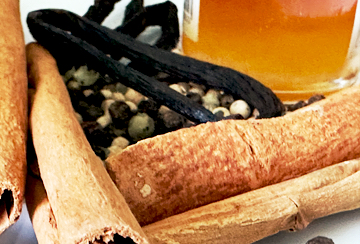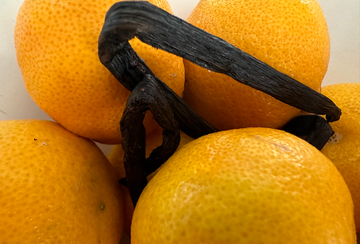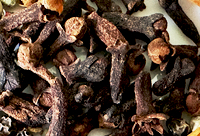
Sweet Cinnamon

The bark of the Ceylon cinnamon tree is the only one regarded as true cinnamon; the other three related species that produce the spice are known as cassia.
Unlike cassia, true cinnamon sticks are hard and cannot be easily broken by hand.
Cinnamon doesn't have sweetness, but it enhances the sweetness in other foods.
Since ancient times, the spice has been employed for its culinary and medicinal properties, as well as in preserving meat, perfumes, and even embalming.
Its delectable aroma improves the mood, and its antiseptic properties help with upset stomachs.
A simmering pot of cinnamon on the stove is believed to attract luck, protection, and abundance.
It is the essential ingredient in eggnog and mulled wine, and pairs perfectly with autumn fruits, making it a staple for holiday celebrations.
'Tis the season!

Vanilla Beans

Vanilla beans are the fruits of the Vanilla orchid, which is found in Madagascar, the South Pacific Islands, and Central and South America.
The majority of commercially cultivated pods originate from Madagascar and the island of Reunion.
Growing vanilla is demanding and labor intensive.
The vines are extremely sensitive to their conditions, requiring a specific combination of temperature, soil composition, and precipitation for optimal growth, and need to be hand pollinated to ensure a good crop, a task complicated by the fact the flowers barely stay open for one day.
Vanilla loves to grow in rare forests, it needs the dappled shade of large supporting crop plants, known as tutors, plants like oil palms, coffee, avocado, mango, and cassava.
The pods are harvested at peak ripeness and cured for over a month using an elaborate four-step process to ensure the highest quality.
The fresh beans have no aroma, it is the enzymatic process that happens during curing that releases the characteristic sweet scent and deposits little crystals of vanillin on the surface of the beans. This crystal coating, called givre, or frost, is the mark of quality.
